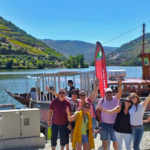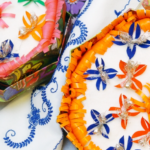A region rich in traditions and enchanting landscapes:
An authentic paradise with deep valleys, rivers and streams of crystal clear water, preserved villages, castles, ancient traditions and protected natural areas, the region of Trás-os-Montes, located in the north of Portugal, offers landscapes of rare beauty that shape nature with alternating colors throughout the seasons.
Here are some places not to be missed on your visit to Trás-os-Montes, which in the words of the writer Miguel Torga, is a Wonderful Kingdom.
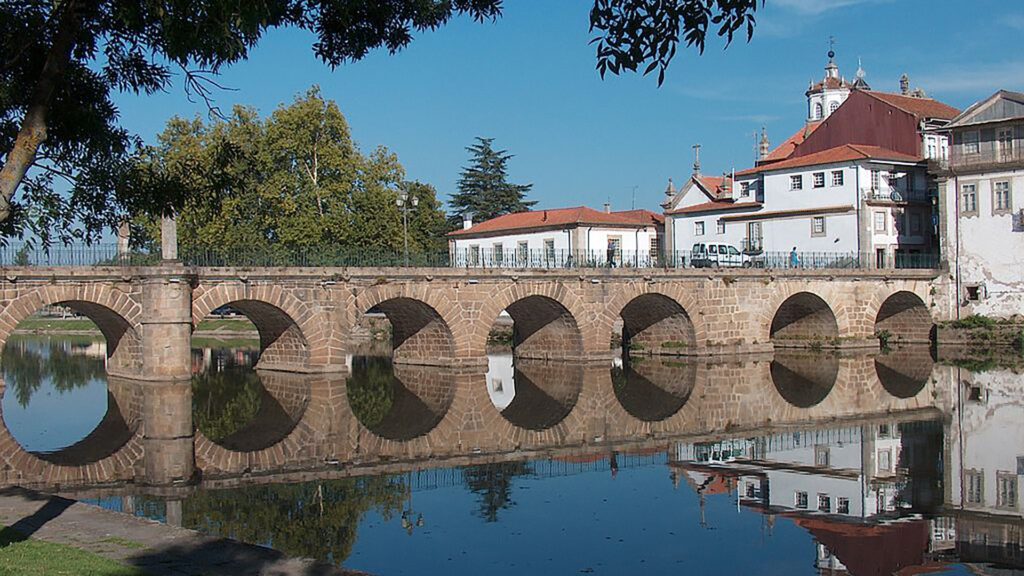


x
Vila Real and surroundings
They call it the princess of Corgo and it is located between Alvão, Marão and Douro, on a promontory between the rivers Corgo and Cabril: we are talking about Vila Real. Framed by a fascinating natural landscape, it is a great city to serve as a base for those who want to visit the region.
In the heart of Vila Real’s Old Town, you’ll find the small chapel of São Brás, which is the oldest temple and the one that best illustrates the early history of the borough. Right next to the chapel, you can enjoy the Vila Velha Viewpoint, with a beautiful landscape of the confluence of the Corgo and Cabril rivers. Nearby, you can also visit the Vila Velha Museum to better understand the origins of the city.
In the city center, the Sé de Vila Real and the Capela Nova stand out. If you want to get in touch with nature, you can visit the Carreira Garden, the UTAD Botanical Garden, the Forest Park, the Corgo Park or go to the Miradouro da Estação and walk down to the waterfalls of the Corgo River.
In the surroundings of Vila Real, there are also several places not to be missed, but it is important to highlight the magnificent Mateus Palace, work of Nicolau Nasoni, surrounded by beautiful gardens inserted in a vast farm. Also noteworthy is the Sanctuary of Panóias, which dates back to the Roman period and was the scene of rituals and sacrifices in honor of the gods. Finally, the Alvão Natural Park stands out, where you can enjoy the superb beauty of the landscapes, find the beautiful village of Lamas de Olo, the Albufeira da Barragem Cimeira and also the Fisgas de Ermelo, which are the most emblematic place of the Alvão Natural Park protected area.
x
Chaves
It was the Roman legions who settled in Aquae Flaviae, the ancient name of the present-day city of Chaves. The Romans took advantage of the hot mineral-medicinal waters, setting up thermal spas and making the city grow around its thermal baths and its beautiful Roman bridge of Trajan. The Roman bridge over the River Tâmega was completed during the time of Emperor Trajan, between the end of the 1st century and the beginning of the 2nd century A.D. This bridge is the most characteristic ex-libris of Chaves.
Also in the city center, you’ll find the Castle of Chaves, with only the keep remaining as living history. Outside, you can enjoy a beautiful garden, where you can see an excellent panoramic view of the entire valley.
Other points of interest are:
The Fort of São Neutel | The Tabolado Garden | The Termas de Chaves | The Misericórdia Church | The Public Garden of Chaves | The Mother Church of Santa Maria Maior | The Nadir Afonso Museum of Contemporary Art | The Flaviense Region Museum
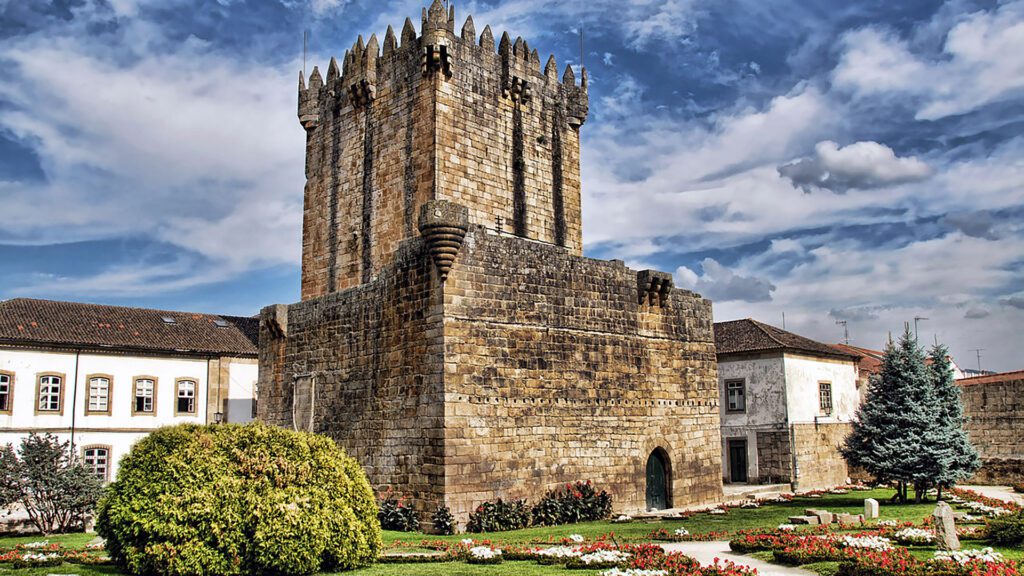
Rota of Terra Fria
The itinerary of the Terra Fria Transmontana Route, with 455 km, crosses the municipalities of Bragança, Miranda do Douro, Mogadouro, Vimioso and Vinhais, integrating the best testimonies of the northeastern character.
During the route, you can get to know the city of Bragança and visit its citadel, a fortified enclosure where its unmistakable heart-shaped walls, its typical houses, the castle with its elegant Keep, the Domus Municipalis and the Pillory stand out.
You will also have the privilege of getting to know the town of Miranda do Douro, with an adventurous approach to the rugged ridges of the Douro. Miranda do Douro is home to Portugal’s second official language – Mirandês. It is also famous for its colorful and lively folklore: the Pauliteiros de Miranda, in their typical costume, who attract our attention with their complex choreography with paulitos and castanets. The Pauliteiros have a special place in the small villages surrounding the municipality of Miranda do Douro. In the historic center of the city, be sure to visit the Museum of the Land of Miranda, dedicated to the way of life on the Mirandese plateau, the Concathedral of Miranda do Douro, the former Cathedral of Miranda do Douro, the ruins of the Episcopal Palace and the Ruins of the Castle.
Take the opportunity to relax on a boat trip and admire the beauty and grandeur of the cliffs of the Douro International Natural Park. Among other points where this route passes, we also highlight the beautiful village of Mogadouro, the community village of Rio de Onor, in the heart of the Montesinho Natural Park, the villages of Picote, Gimonde, Castro de Avelãs and Montesinho, which is located at 1030m altitude, being one of the highest villages in Portugal and the highest in the Montesinho mountain range.
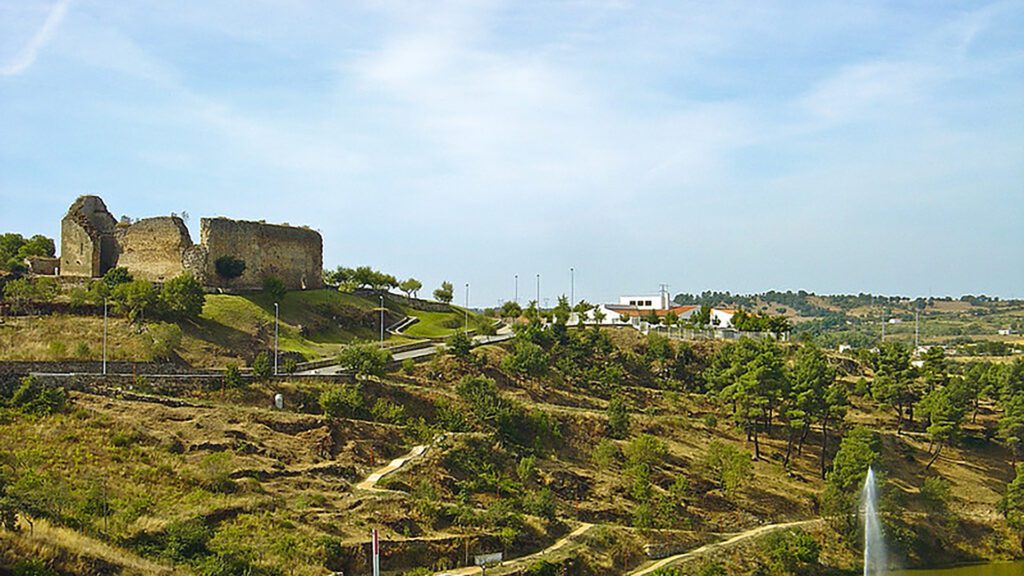
A temperamental land, this region of mountains and wonderful valleys transports us to ancient times, through the contemplation of natural landscapes and a people in constant evolution, who knew how to adapt throughout history, leaving a vast architectural and cultural heritage, until today.
In Trás-os-Montes the saying is old, “here in Marão, those who are here lead!“, eternally remembered words of the writer Miguel Torga. It was in this line of thought that a whole local culture developed.

